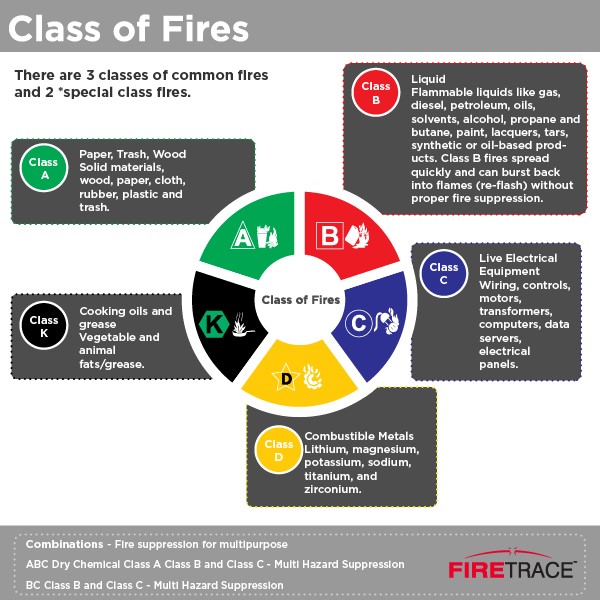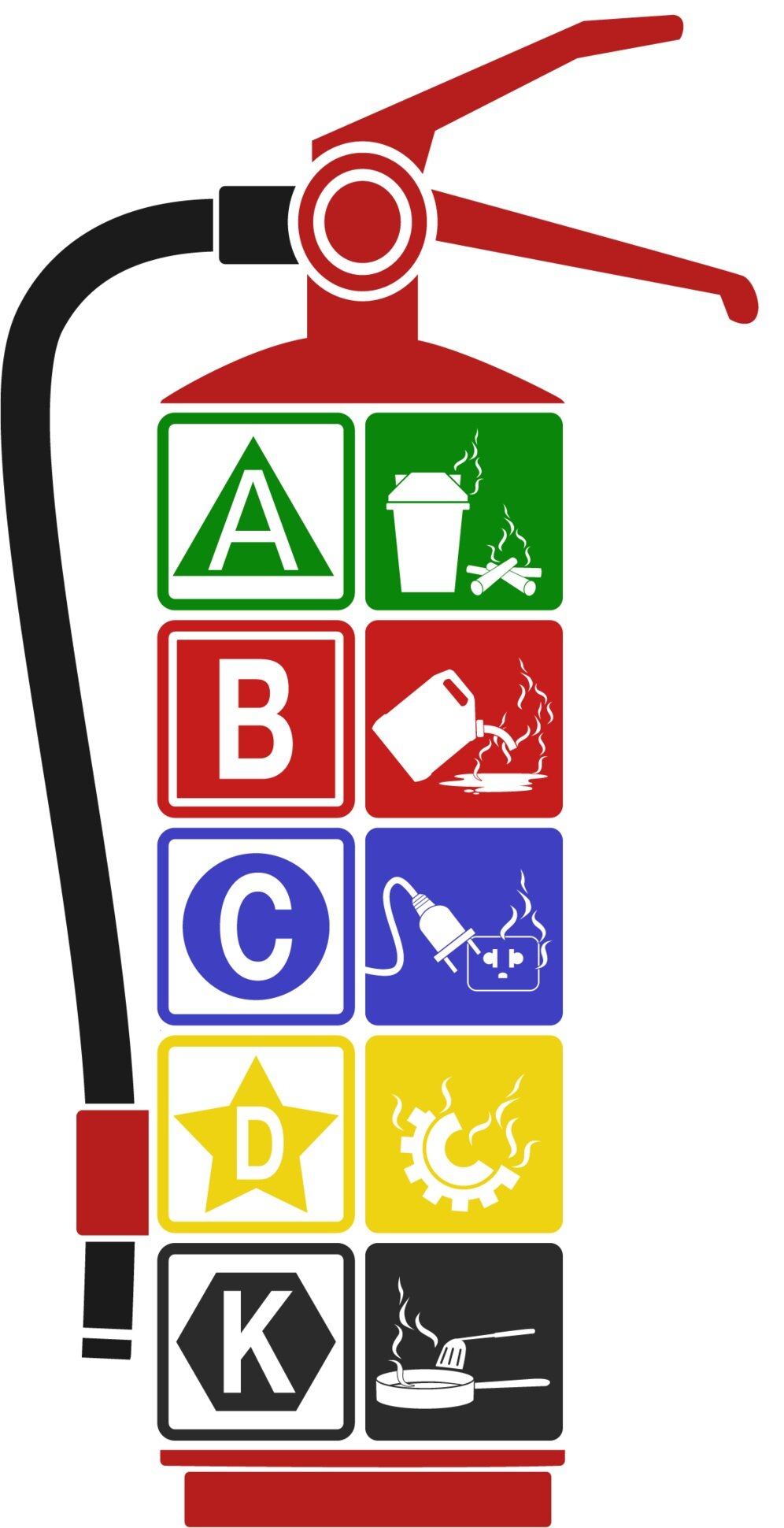class k fires include
Answer 1 of 9. Fires occurring in flammable and combustible liquids and flammable gasses.
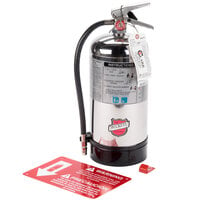
Class K Fire Extinguishers Low Price At Webstaurantstore
Locations ABC fire extinguishers are located throughout the Medical Centers in.
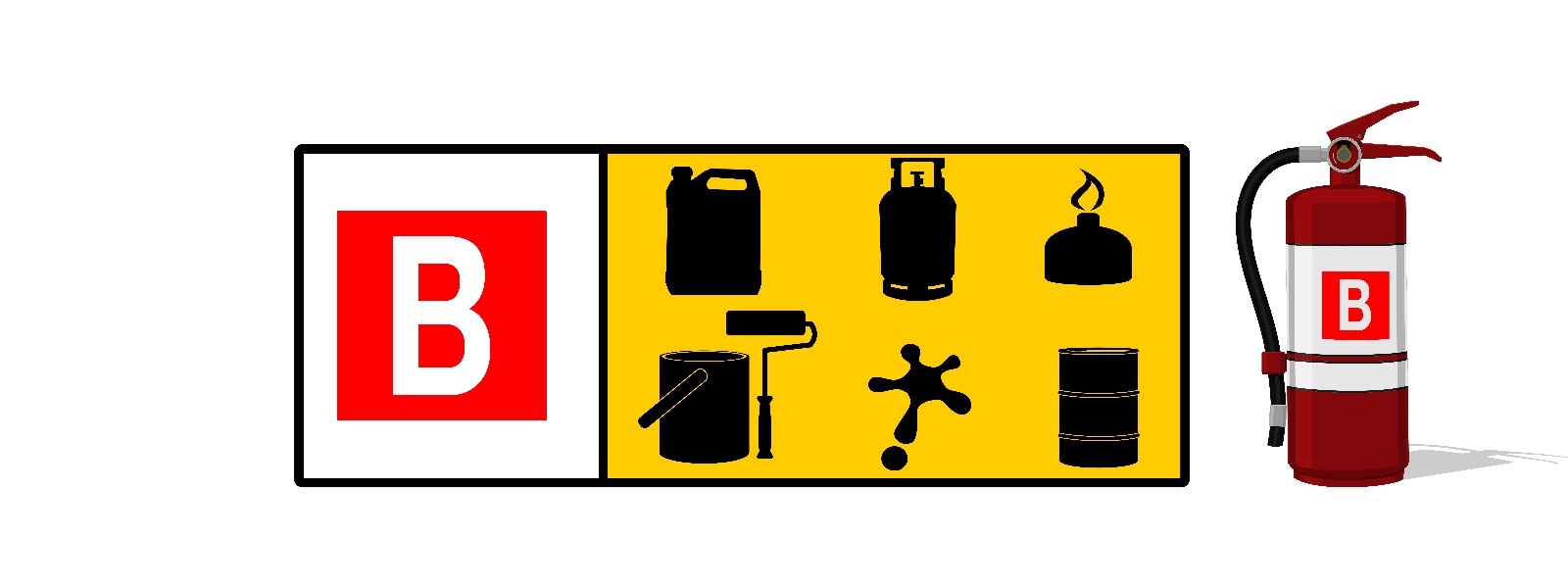
. Class F fires - Cooking oils. Fires in combustible metals such as magnesium titanium zirconium sodium lithium and potassium. Fire extinguisher should be inspected at least once a.
Common in commercial cooking operations using deep fat fryers Fire Extinguishers There are different types of fire extinguishers designed to put out the different classes of fire. Certain fire classes use different fire extinguishers to extinguish. Carbon dioxide to be used on chemical or electrical fires Type K.
There are a lot of variables that determine how a fire starts grows and is put out. Different kinds of fires are fought with different approaches and require specific types of extinguishers. Remove the power and the Class C fire becomes one of the other classes of fire.
Such as fats cooking oils grease etc. Class K are fires in _______ such as. Class Kfires involving vegetable or animal cooking oils or fats.
Greases cooking oils vegetable fat and animal fat are some common fuel sources. I have a memory device to memorize them. The appropriate extinguishers used to tackle a Class E fire include CO2 or a dry powder extinguisher.
Class K fires are naturally of concern in the food service and restaurant industry. Cooking oils and greases. Some of the better known combustible metals with a record of fire involvement include magnesium titanium zirconium sodium potassium lithium and zinc.
Oils such as vegetable oil canola oil butter etc that are for cooking are in this category. Picture 1 - Symbols used for classification of fire. Technically a type of liquid fire Class K fires are distinct enough to warrant their own classification.
Safety inspections of the industrial kitchen. Class C fires sometimes referred to as electrical fires require their own class c fire extinguishers. Potassium sodium aluminum and magnesium.
Common materials in class K fires include. Fires involving combustible metals such as potassium and magnesium. Commercial buildings and restaurants built with kitchens should be alert to the possibility of Class K fires.
Grease can accumulate behind and undercooking appliances. Class D fires involve combustible metals or metallic alloy elements with combustible metal components. Though such fires are technically a subclass of the flammable liquidgas class the special characteristics of these types of fires namely the higher flash point are considered important enough to recognize separately.
Knowing fire classifications is an essential part of any fire safety plan particularly in commercial settings where electrical chemical or flammable liquid fires can occur. WHAT ARE CLASS K FIRES. Clearly the classification of a fire depends on what is burning.
Asad has given a listing for the 4 types recognized in the US. Aluminum magnesium beryllium and sodium. CO2 extinguishers work by suffocating the fire removing the oxygen element.
Technicians must know the location of all _____ in the facility. Motors transformers and appliances. Cooking fires that spark from grease lard olive oil butter animal fats and vegetable fats are recognized as Class K fires.
Class F fires consist of cooking oils and fats that have been ignited. Fires involving cooking greases and fats. Do not use on Class B or C fires.
Class_____ fires include burning electrical devices motors and transformers. They also remove the heat as the discharge is extremely cold. Class K fires are fires in cooking appliances that involve combustible cooking media vegetable animal oils or fats.
Class A Ordinary Combustibles Class B Flammable Liquids and Gasses Class C Electrical Class D Flammable Metals Class K Cooking Oils and Greases. Class D fires rarely occur in the roofing industry. Class A-burns to ASH so paper wood Class B-BOILS so a flammable or combustible liquid Class C-CONDUCTIVE so an.
Class K fires are those that are fueled by flammable liquids unique to cooking such as cooking oils and greases that are vegetable and animal fat-based. With the high flash point of cooking oils and fats and the extremely high temperatures necessary to. Fires are also often fueled by flammable liquids Class B or involve energized electrical equipment Class C.
Pressurized water to be used on Class A fire only. Fires in cooking appliances that involve combustible cooking media vegetable or animal oils and fats. To be effective on.
Class K fires involve vegetable oils animal oils or fats in cooking appliances. C _____ is not required to start a fire. These variables organize fires into five fire classes.
When these substances reach high temperatures as they naturally do in the kitchen a sudden and potentially volatile fire can easily ignite. Fires involving cooking oils and fats are classified as Class F under the European and Australian systems and Class K under the American system. SYMBOLS FOR FIRE CLASSES DESIGNATION.
CO2 fire extinguishers can also be. Less commonly theres Class K fires which involve cooking oils and greases and they necessitate special considerations. Dry chemical effective on all classes of fires Type BC.
Cooking fires are fueled by a wide range of liquid cooking materials. Class D are fires are in ________ such as. In terms of household and workplace fires Class A B or C fires are relatively common.
May cause fire spread or electrical shock. Types of extinguishers that are rated as Class C fire extinguishers include. Extinguishers with a K rating are designed to extinguish fires involving vegetable oils animal oils or fats utilized in commercial cooking appliances.
Fires occurring in energized electrical equipment such as panel boxes motors and fans. Used in kitchens on grease fires.
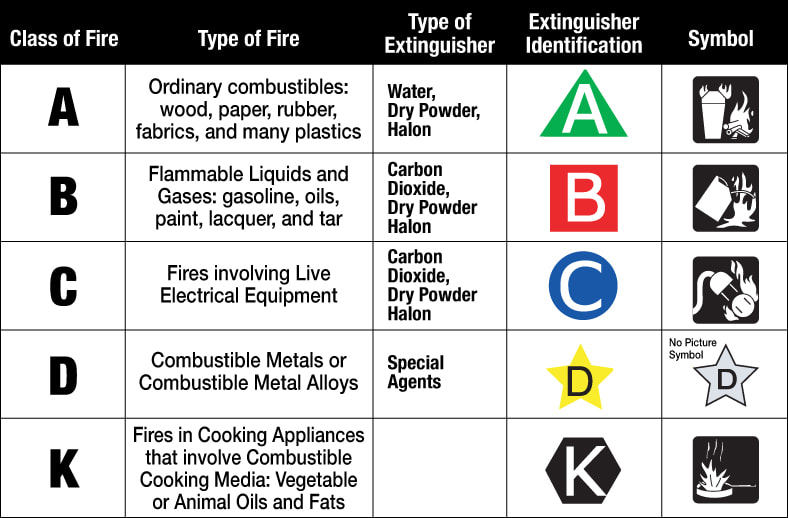
Fire Safety Mr Ferguson S Class Site

Find Out What The Symbols On Your Fire Extinguisher Actually Mean Foremost Promotions

Abcs Of Fire Extinguishers Fire Prevention Services The University Of Texas At Austin

What Is A Class K Fire Extinguisher Used For

Classes Of Fire An In Depth Look At Fire Prevention
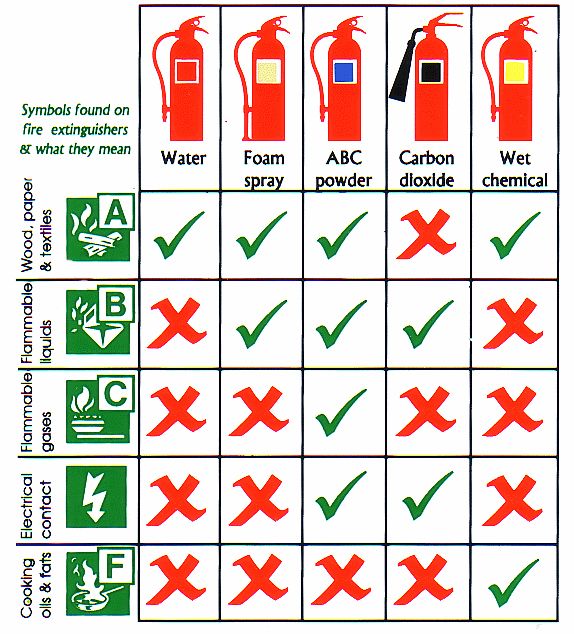
Fire Extinguisher Types How To Choose The Right Class

What Is A Class K Fire Extinguisher Used For

Find Out What The Symbols On Your Fire Extinguisher Actually Mean Foremost Promotions
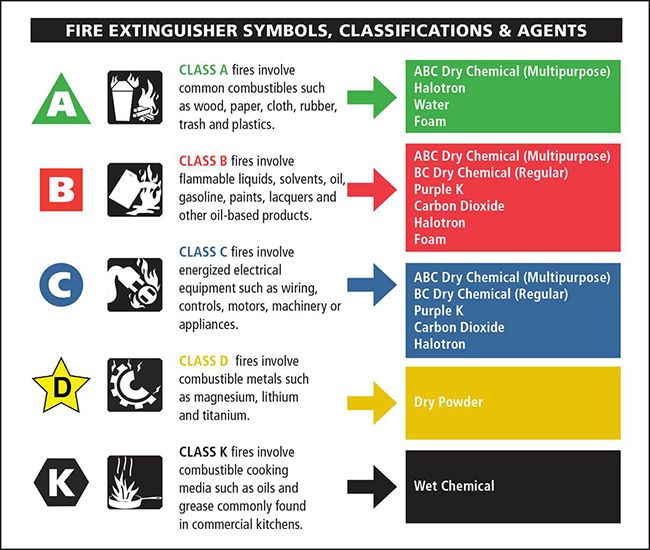
Types Of Fires Kidde Fire Safety

Portable Fire Extinguishers Fire Extinguisher Uses Fire Equipment
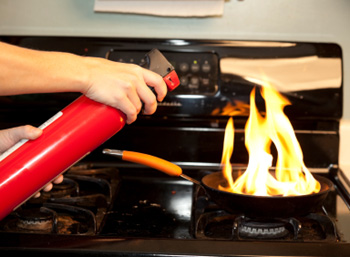
Kitchen Class K Fires How To Fight Them

What Is A Class B Fire Extinguisher Used For
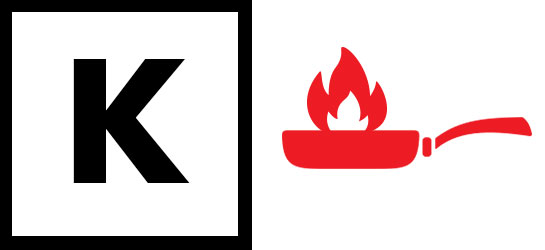
Classification Systems Groups Rusoh Inc
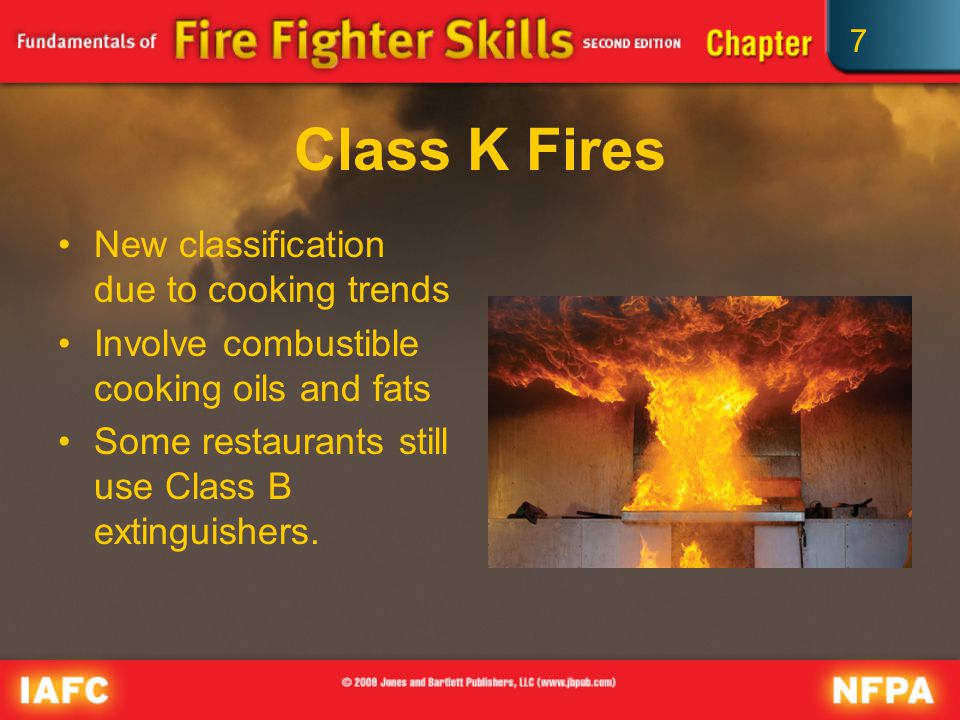
Portable Fire Extinguishers Ppt Video Online Download
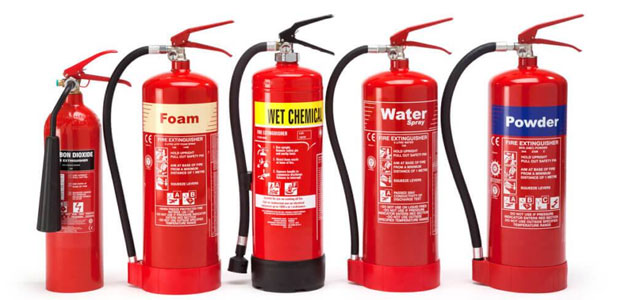
The Abcs Ds And Ks Of Fire Extinguishers Occupational Health Safety
